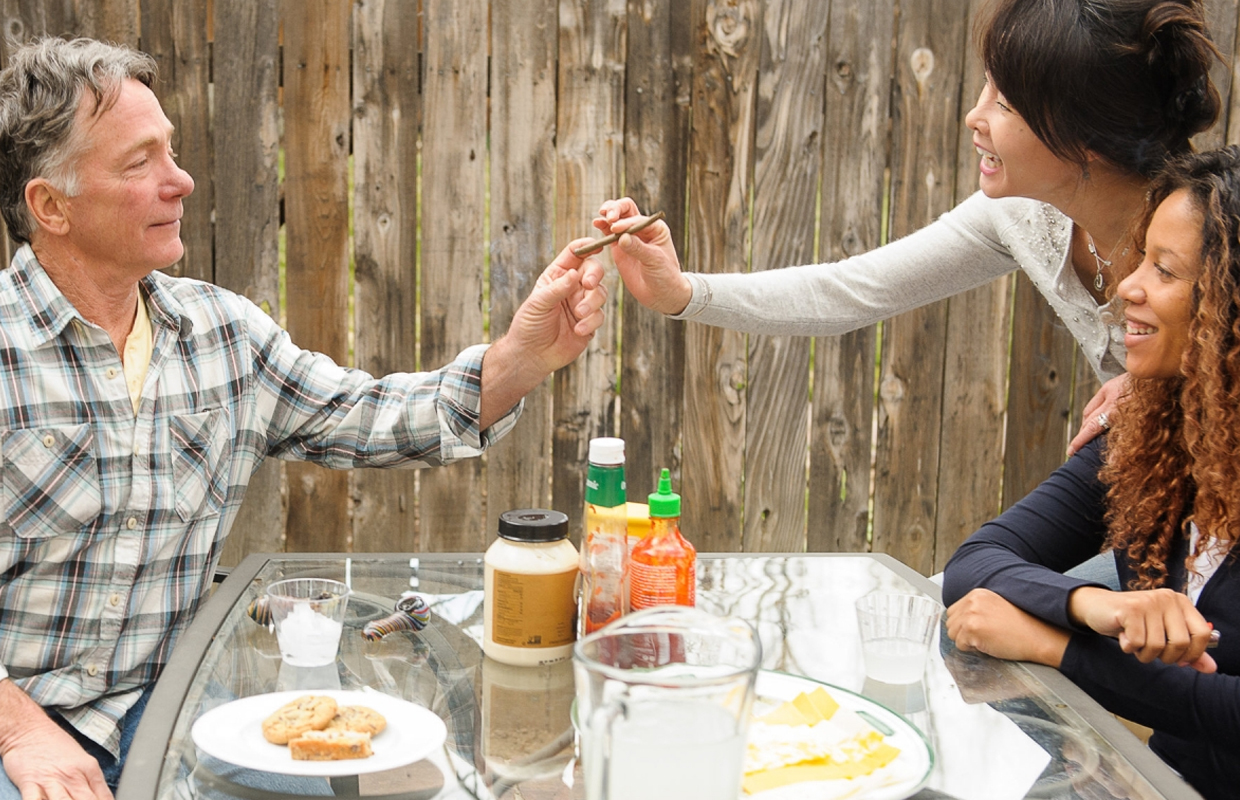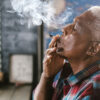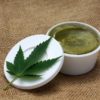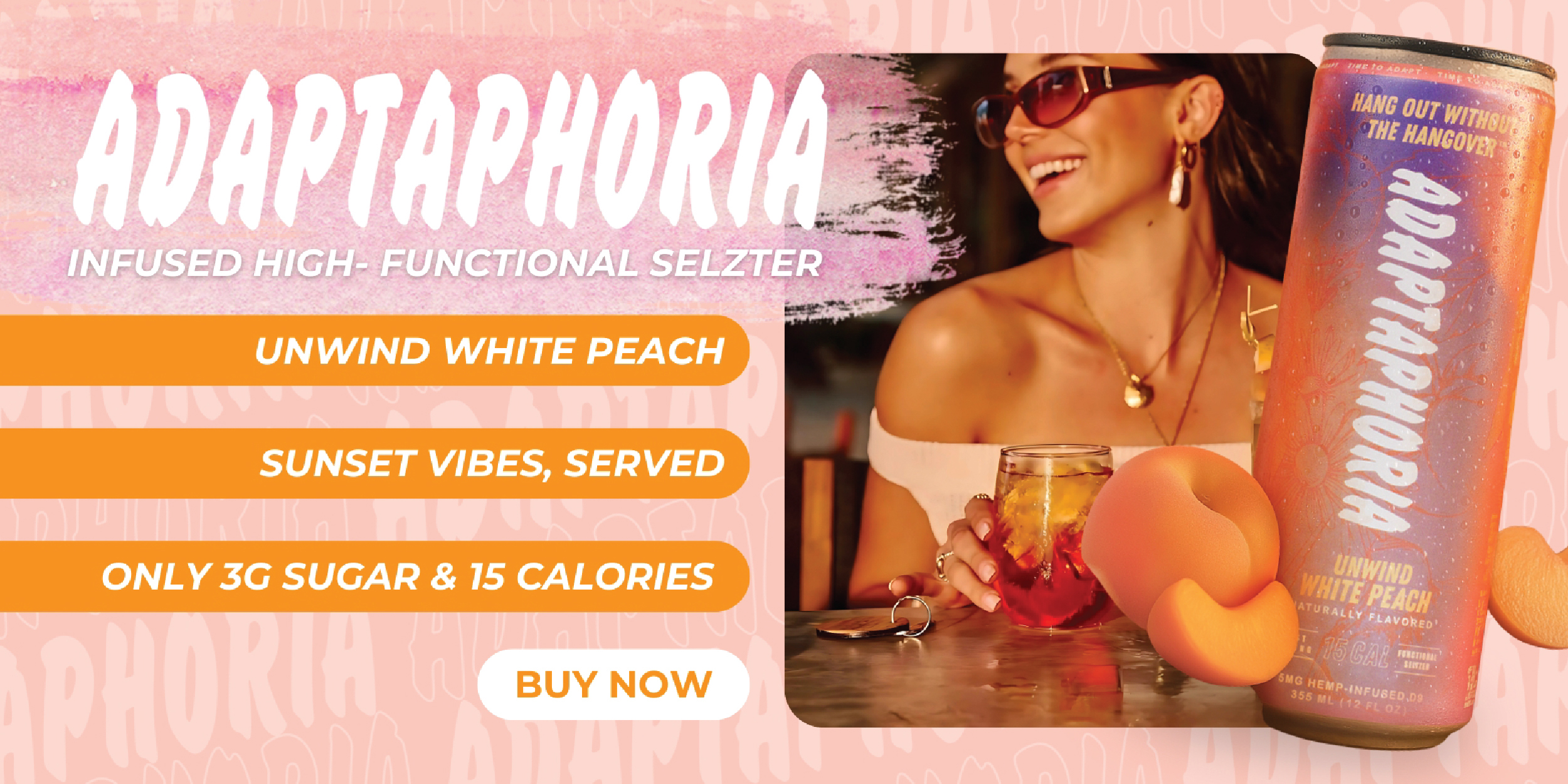
Medical
Seniors Turn to Cannabis for Treatment
Seniors can get multiple benefits from cannabis.
As a nurse, most of the patients I see are geriatric (with the average age around 76) and 84 percent of them have never tried cannabis before despite many of them having more than one health condition. In traditional healthcare models, seniors need to be closely evaluated for additional health conditions and when a medication is warranted, all disease states need to be factored in before starting a new medication. As a medical professional, I feel medical cannabis is no exception.
More and more seniors are coming to medical cannabis as a treatment option for various different conditions. In my practice, 59 percent of patients are seeking relief from pain and 34 percent are having trouble sleeping, while many of them have more than one condition in which they are seeking relief from.
The National Institute for Health (NIH) estimates that 54 percent of older adults who live alone suffer from chronic pain and 75 to 85 percent of older adults living in extended care facilities suffer from chronic pain. Living with chronic pain can lead to other ailments such as insomnia, anxiety, depression and even loss of appetite. Since pain can be difficult to manage, many seniors need more than one medication to treat their pain and with that comes more side effects which then leads to more medications. This is known as polypharmacy.
Many of the patients I see come to use medical cannabis because they are tired of being on pills that are not working for them. According to the American Association of Retired Person (AARP), 90 percent of adults over the age of 60 are taking at least one medication and 30 percent of those adults are taking five or more a day. I would argue that those numbers are actually underreported. In my practice, I found that 51 out of 57 patients reported taking at least one medication daily, whether over the counter (OTC) or prescribed and the average number of medications was 10.
Polypharmacy puts a patient at an increased risk for adverse drug reactions (ADR). The incidence of ADR’s in the elderly is double that in non-elderly and accounts for approximately one third of hospital admissions in the elderly. The chances of an ADR is 10 percent with one medication and increases with the addition of each medication. When someone is taking 10 or more medications, there is a 100 percent chance they will have an ADR.
In 2005, $34 billion was spent on pharmaceuticals for the elderly and in less than a decade, the 11 largest global drug companies made $711 billion in profits. This is not a number that is decreasing, in fact it is rising at an alarming rate. Pharmaceutical companies are concentrating on developing new medications for the elderly, specifically for diabetes, Alzheimer’s and heart disease. Polypharmacy is big business and the pharmaceuticals commonly prescribed may not be as safe as we think.
Take Ambien, for example. Ambien (Zolpidem) is a non-benzodiazepine hypnotic sleep aid. It is not recommended in patients over the age of 60. According to the Beers List, a list of potentially inappropriate medications in older adults, Ambien is to be avoided for the use of insomnia. Evidence shows that non-benzodiazepine medications like Ambien increase the older adults risk for falling, delirium and fractures while minimally improving sleep latency or duration.
Believe it or not, non-steroidal anti-inflammatory drugs (NSAID’s) such as ibuprofen and naproxen are also on the Beers list. NSAID’s are common prescription and OTC medications to treat pain. There is strong evidence to show that NSAID’s increase the risk of gastrointestinal (GI) bleeding and peptic ulcer disease, especially in seniors. Of course, many patients are then prescribed an additional medication to reduce the risk of GI bleeding. Once again, leading to polypharmacy. Now, there is even stronger evidence to demonstrate that NSAID’s can increase the risk of stroke or heart attacks.
Cannabis can undeniably help with sleep and pain with little to no side effects. In fact, studies have found that cannabis can be used as a harm reduction agent. Many seniors turn to alcohol for pain management. A recent study demonstrated that cannabis is 114 times safer than alcohol. Yet cannabis continues to be demonized and many people fear using it.
Unfortunately, medical cannabis is still seen as a last resort. Most patients will have tried and failed all other conventional and even some alternative treatments before trying medical cannabis because it’s a Schedule I substance and often viewed as a dangerous drug. Most physicians and healthcare professionals (HCP’s) know little-to-nothing about cannabis and it may be a while before physicians feel comfortable recommending the plant as treatment. Interestingly, the endocannabinoid system (ECS) and cannabinoids are not taught in over 90 percent of medical schools, leaving patients left to navigate on their own. And while there are reputable information sites out there such as United Patient’s Group (UPG) and the American Cannabis Nurses Association (ACNA) dedicated to educating patients and HCP’s, many patients do not find the help they need and often give up on cannabis before they see the benefits.
Dosing is an important component often overlooked in seniors. With the average number of medications being 10, seniors need to have lower doses of cannabinoids to avoid drug interactions. Cannabidiol (CBD) is attractive to older adults because of the mild psychoactivity associated with it. However, CBD can either increase or decrease the effectiveness of other medications. A recent article highlights how CBD can interfere with the metabolism of other drugs thereby making CBD and other medications ineffective. This finding alone points out the importance of monitoring patients who are using cannabis and pharmaceuticals concurrently.
Seniors deserve special attention. They are a vulnerable population that would benefit from the use of medical cannabis. However we need to assess for potential medication side effects, risk for falls and additional elements specific to the elderly. It is my hope that dispensaries will begin to employee nurses who can begin to facilitate this process.
Are you a senior that uses cannabis? Tell us about your experience in the comments.
























